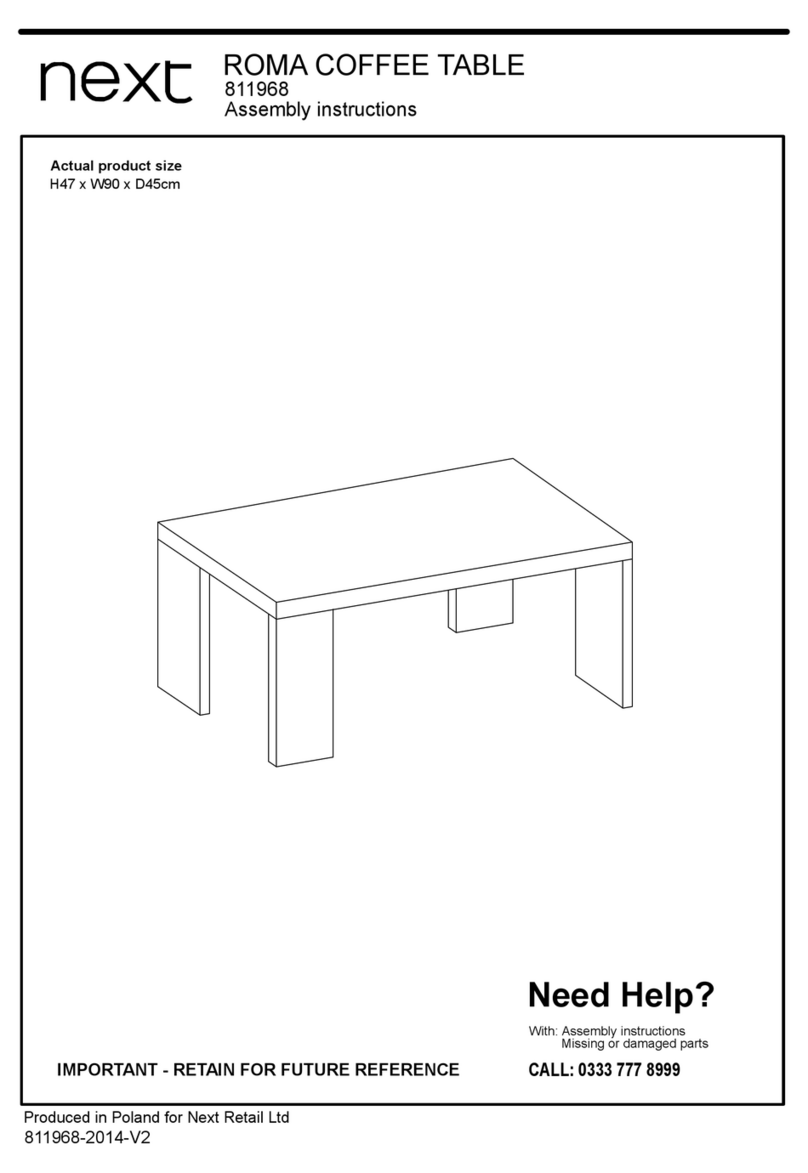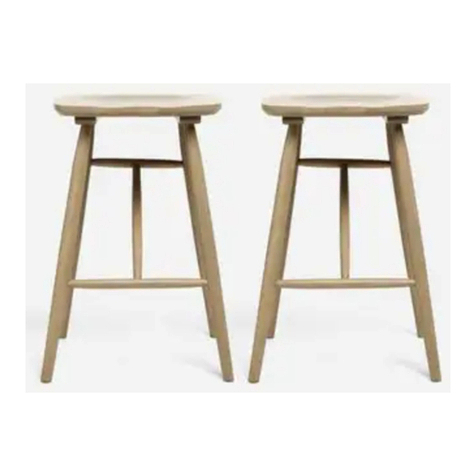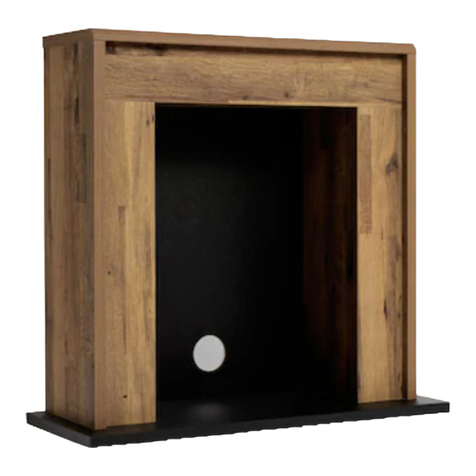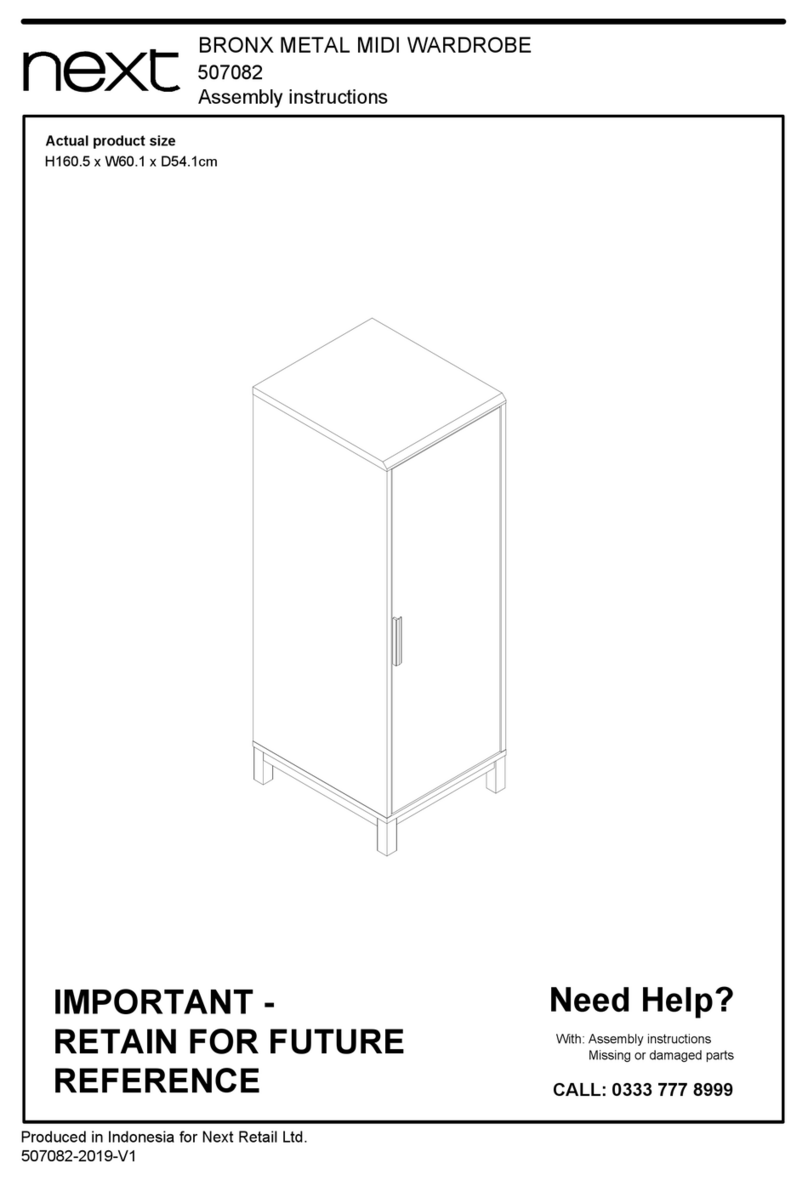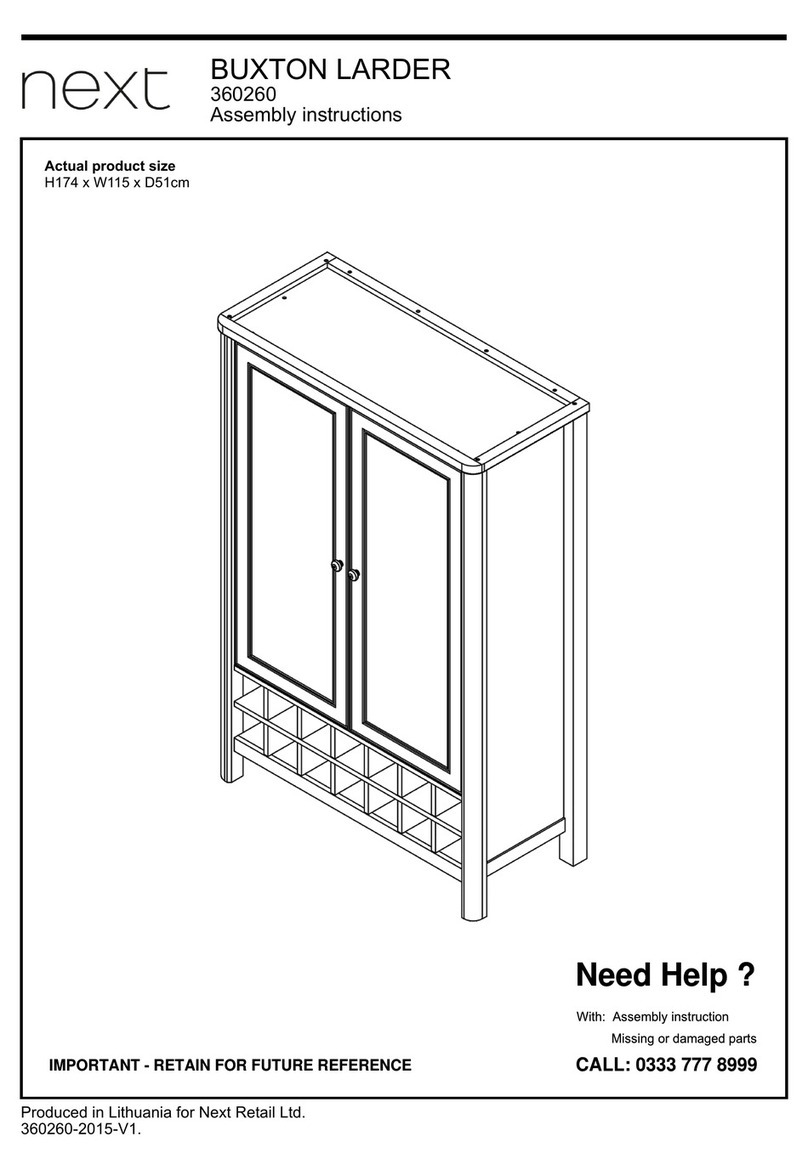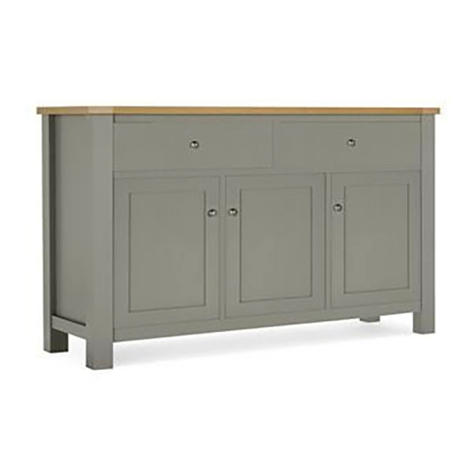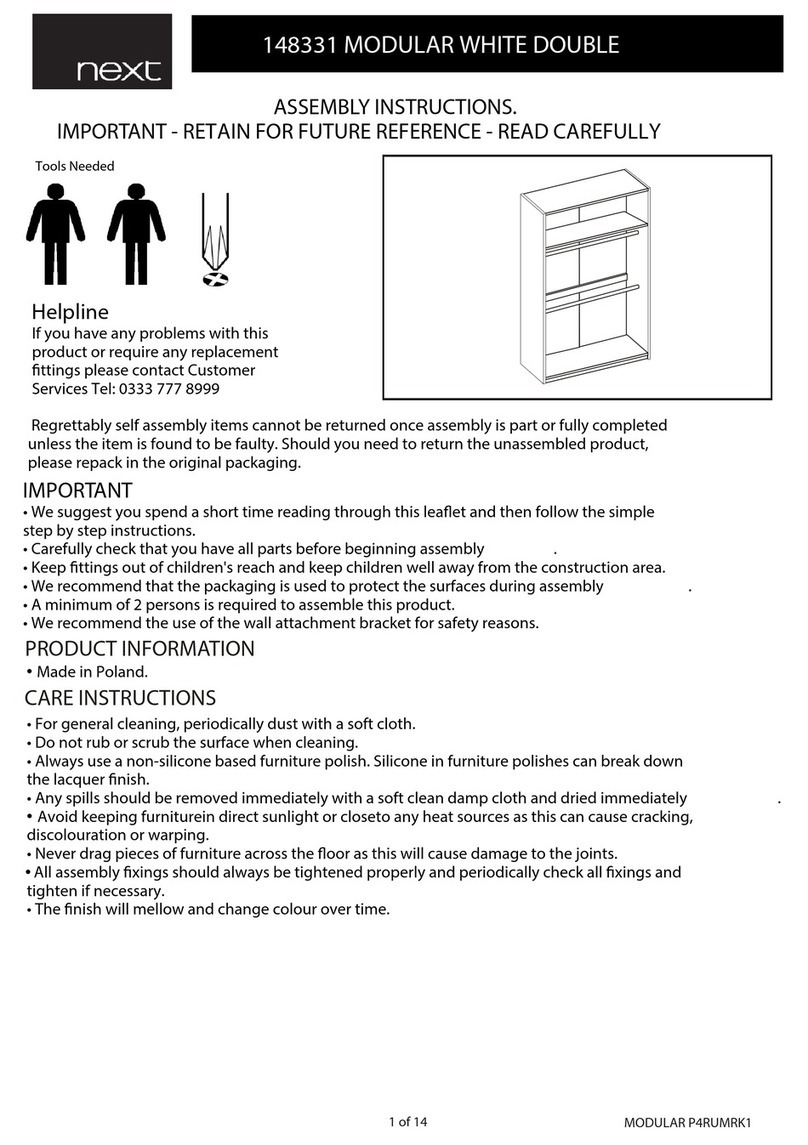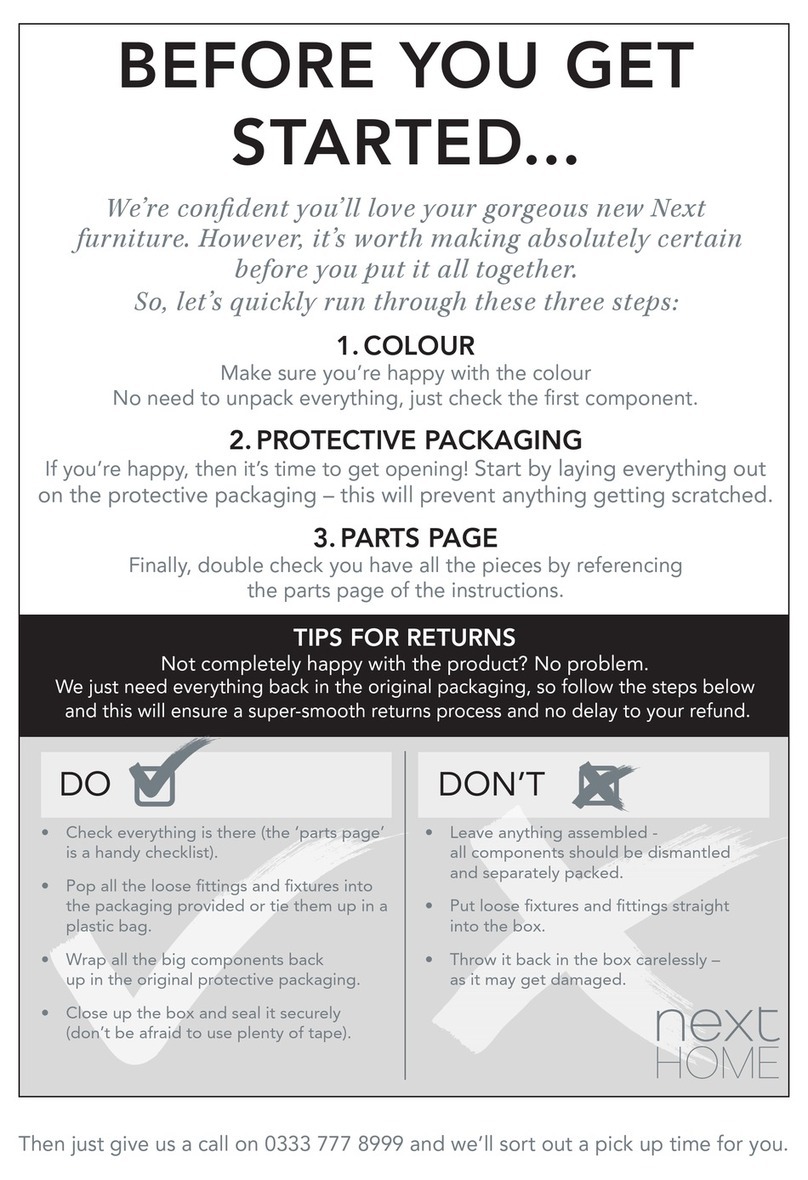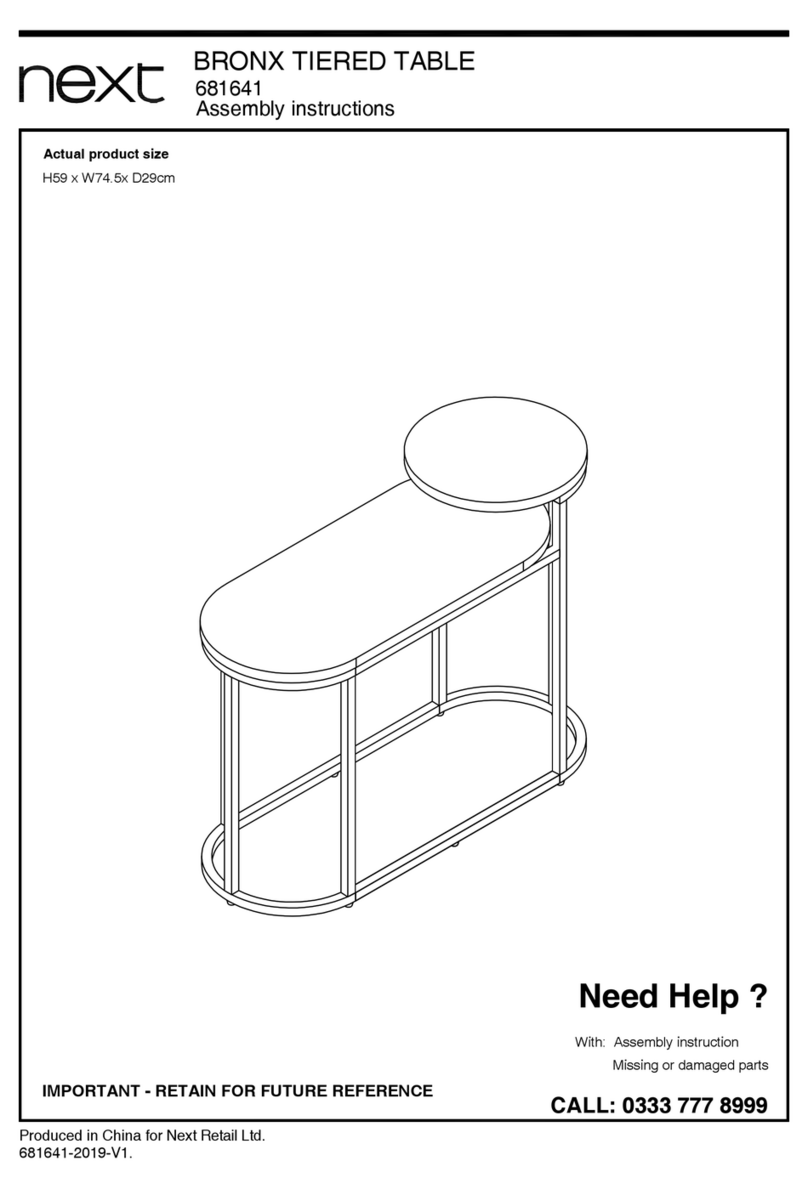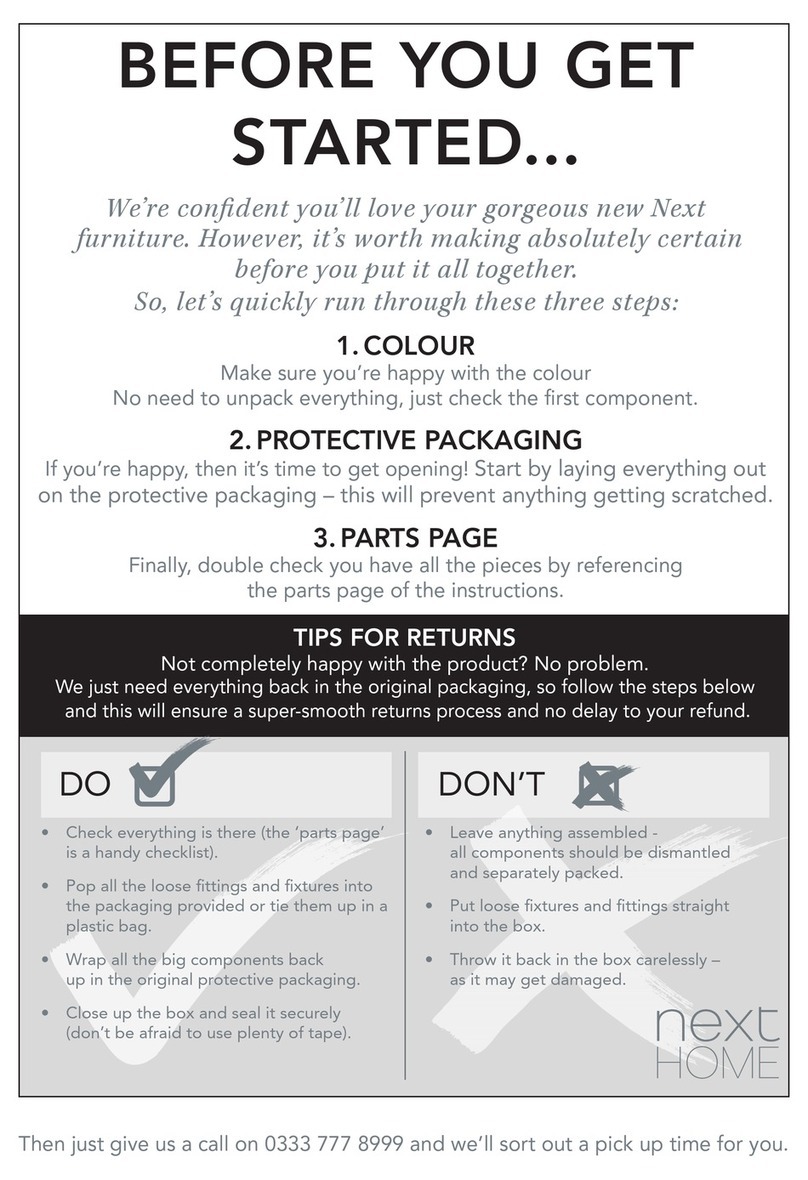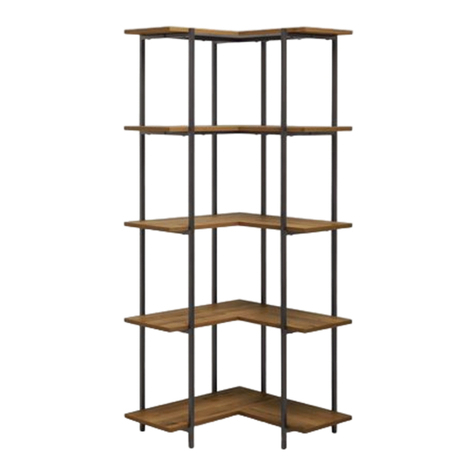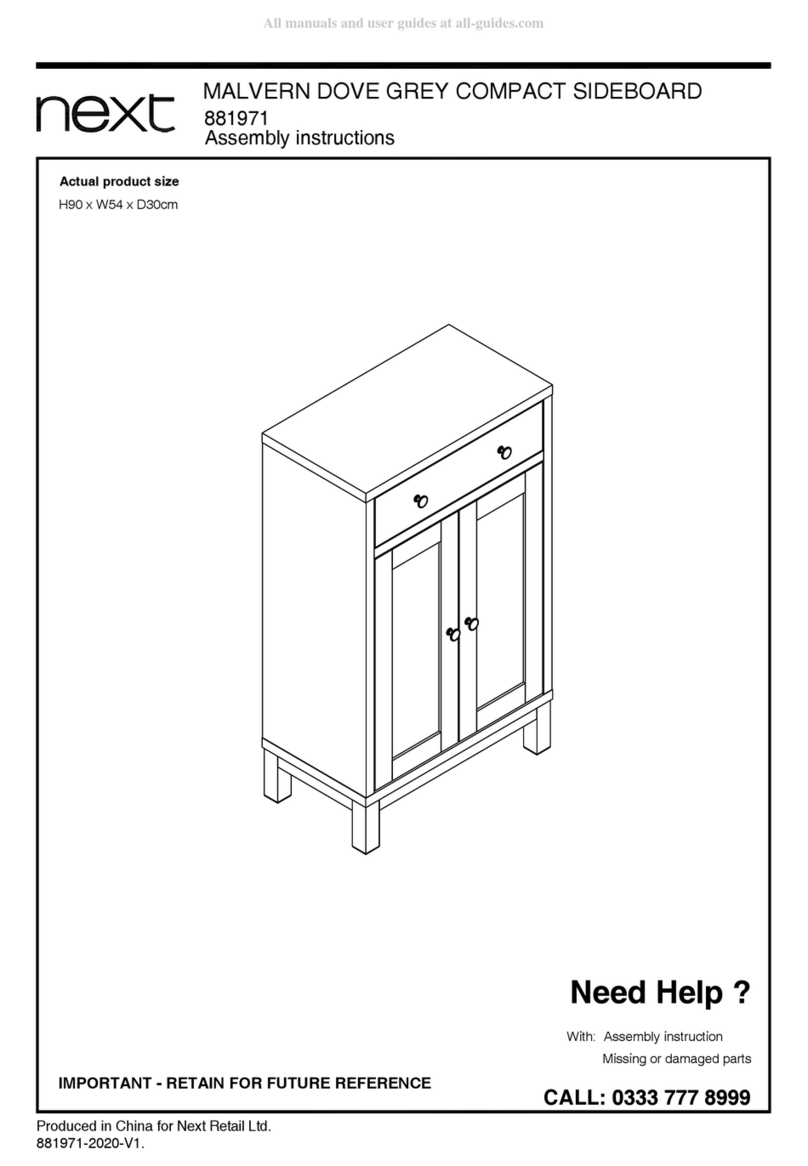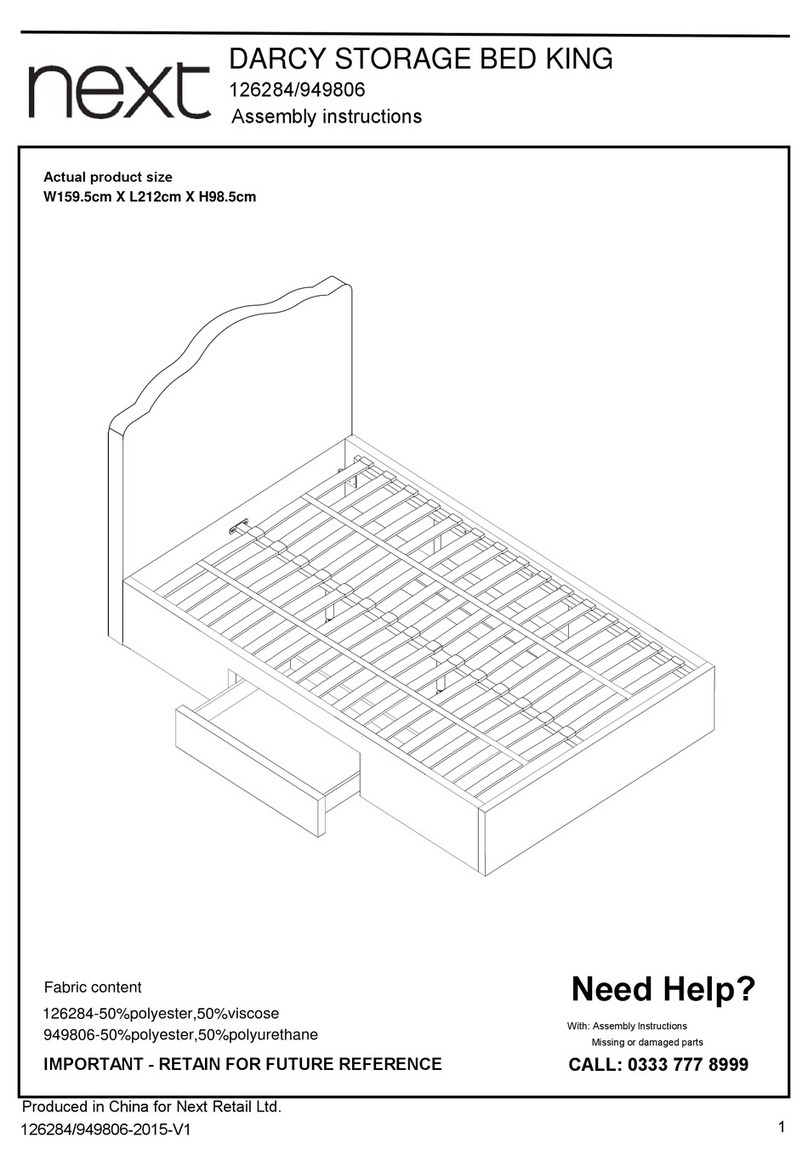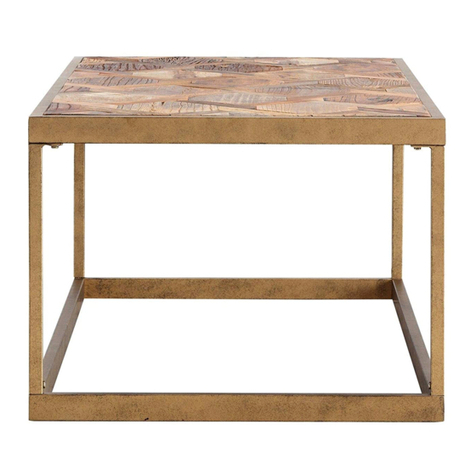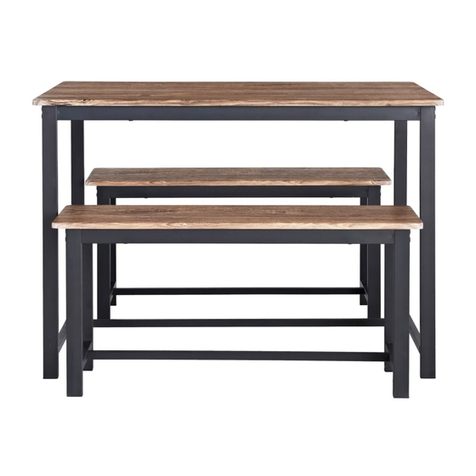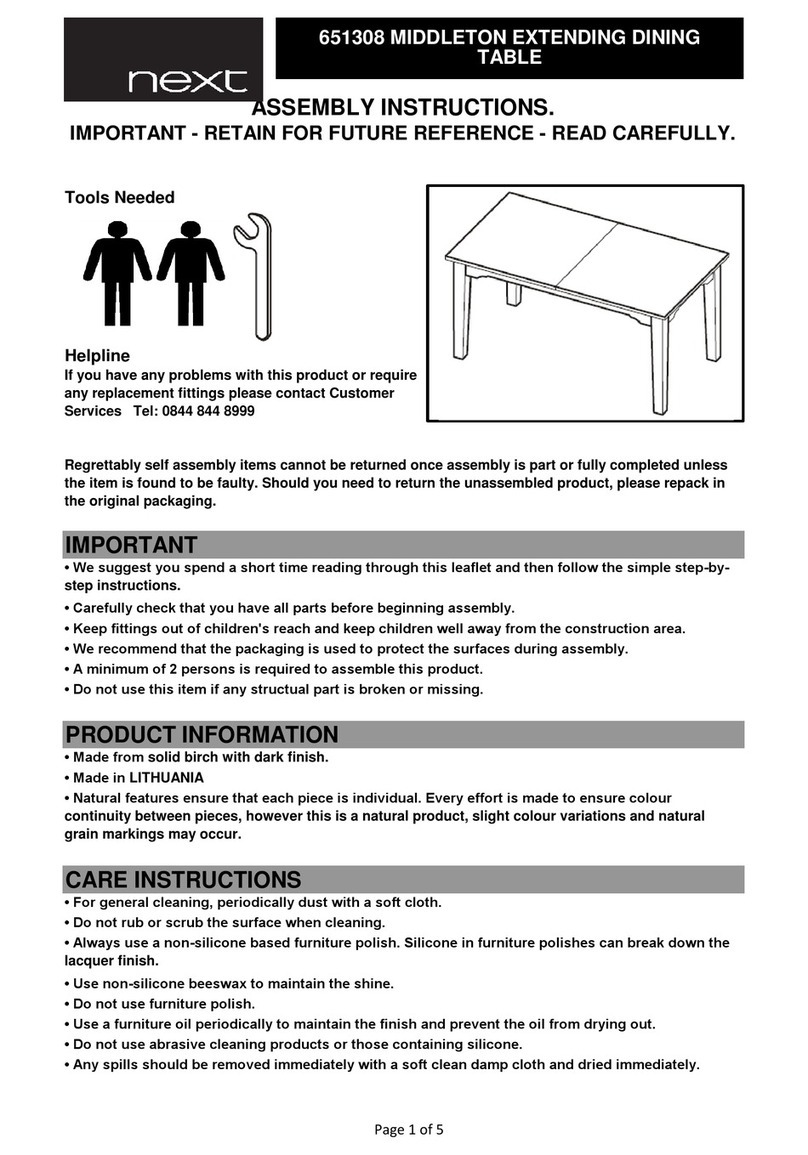
Upholstery Care - Fabric
Next Retail Ltd, Desford Road, Enderby, Leicester LE19 4AT
LOOSE COVERS
Before washing or cleaning ensure that valance rods are removed and follow the instructions shown on the
sewn in care label. When covers are washable, do not soak, do not tumble dry, do not exceed 40°C and
always use a ‘Colour’ washing detergent (optical brighteners will fade your fabric). Always clean your set of
covers at the same time or in consecutive loads, (do not overload the washing machine). Wash covers
inside out and iron whilst damp if permitted. Fit covers back onto the frame whilst slightly damp and tension
the seams to fit.
HOW TO DRESS LOOSE COVERS
In order to maintain a tidy appearance during use and after cleaning your loose covers will require regular-
adjustment (re-dressing). Follow the steps below:
Step 1: Remove the seat and back cushions. Find the two top back corners of your loose cover and standing
behind your sofa, place these over the top back corners of the sofa.
Step 2: Gently pull the arms of the cover down each arm in turn.
Step 3: Insert valance rods (where applicable). Loosely pull the cover over the front of the seat platform.
Step 4: Starting at the top of the back of the sofa ensure the seam in the cover runs along the outside back
edge of the sofa back and gently smooth the inside back down to the seat platform.
Step 5: Ensure the arms are fitted squarely with the seams following the edges of the arms.
Step 6: Neaten the cover ensuring it is securely attached to the Velcro (where fitted) under the arms and the
back of the frame to minimise any movement of the cover during use. Fasten zips and tighten ties (where
applicable), this will help to improve the fit around the frame.
Step 7: Gently smooth the cover over the seat area, tucking excess fabric in around the seat platform and
from the top back and inside edges of arms tuck excess fabric into the recess provided.
Step 8: Re-fit the valance rods (where applicable).
Step 9: Ensure cushion cover seams are in line with cushion edges and fibre filled cushions are well
plumped, replace cushions as necessary.
CARING FOR FABRICS TREATED WITH SOIL AND STAIN RESIST TREATMENTS
Clean up spills immediately. The longer spills are allowed to remain, the more difficult they are to remove.
Use an absorbent cloth, facial tissue or sponge to blot up spots and spills. Be careful not to rub the stain
deeper into the fabric. If the spill is solid or semi-solid (like butter or ketchup) remove the excess by gently
lifting it off with a blunt knife or spatula. Often gentle blotting will remove all traces, but if the spillage mark
cannot be removed completely, use the appropriate spot cleaning technique listed below.
Note: Before using any stain removing agent it should be tested. The test should be carried out on a hidden
area of the fabric to ensure that it is colourfast and will not damage the fabric. With velvet upholstery it is
advisable to spot clean, wiping in the direction of the pile (so that the pile lays down). When the fabric is dry,
brush gently, first against, then with the pile. Never try to remove stains with household detergents such as
washing up liquid.
WATER BASED STAINS
Water based stains (including ketchup, soft drinks, wine and alcoholic beverages) should be removed using
a good proprietary brand upholstery shampoo. Follow the manufacturers directions and do not exceed the
recommended dilution rates. Use a new clean absorbent cloth, turn the cloth frequently to expose a clean
surface, use a dabbing action rather than rubbing or scrubbing, use mixture sparingly, work from the outer
edge of the stain towards its centre to prevent spreading. Always rinse out upholstery shampoo with warm
(not hot) water.
OIL BASED STAINS
Oil based stains (including salad dressing, butter and greasy foods) should be cleaned with a spot remover
containing dry cleaning fluid, which may be obtained from most supermarkets and hardware shops, follow
the manufacturers instructions. Use a new clean absorbent cloth to apply the fluid, dab the stain from the
outer edge towards the centre of the stain, do not rub or scrub as this will spread the spillage.
